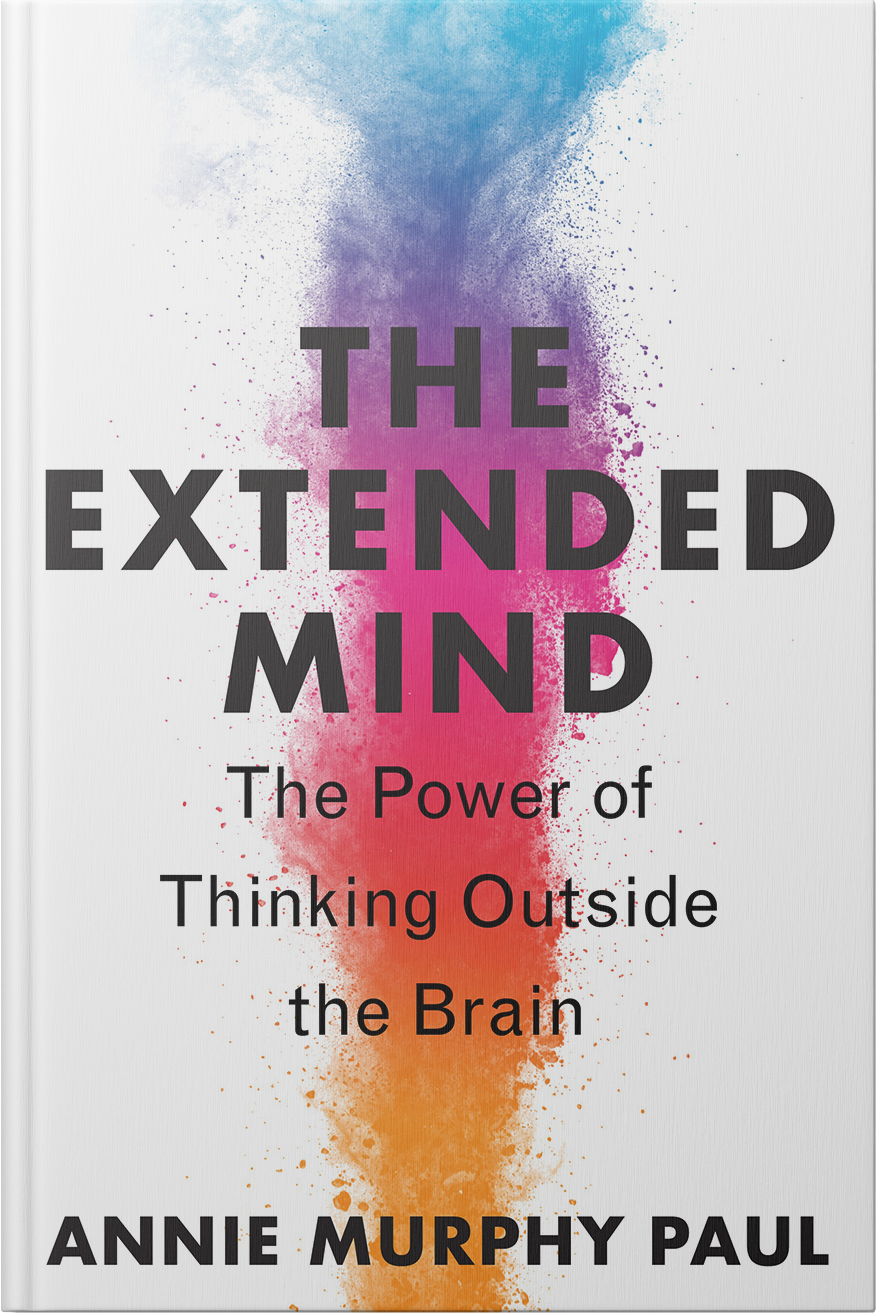Physical movement affects the way we think. For example: we are able to understand abstract concepts by linking them to the very concrete and familiar experiences of our bodies.
We construct metaphors that link the two. For example: I understand what it means for a project to “move forward”—and I describe the project’s progress using that implicitly metaphorical phrase—because I know what it’s like to move my own body forward in space.
The relationship between the two sides of the metaphor flows both ways. I can understand an abstract mental process by analogizing it to my bodily experience—and I can induce that abstract mental process to happen by moving my body in the associated manner.
By moving our bodies in certain ways, we can thereby trigger the associated concept or way of thinking. For example: research has found that when we make vertical movements with our arms, this triggers the metaphor that connects “up” with “good” and “down” with “bad.”
If, while making an upward movement, we’re asked to recall an emotional memory from our own past, we’re more likely to come up with a positive memory (and more likely to come up with a negative memory if our arms are making a downward movement).
Now, turning to creativity: Research has found that creative thinking is facilitated by making certain kinds of movements: by swinging compared to stretching movements, by walking compared to sitting, and by movements that involve approach rather than avoidance.
The study I’m highlighting today, from researchers at Ochanomizu University in Japan, looked specifically at fluid, flowing movements. These seem to be associated, in our minds, with the fluid, flowing process of creative thinking.”
“If fluidity is enacted by fluid bodily movements, divergent creative thinking could also be activated,” the researchers note—and this is what they found.
Study participants who performed fluid arm movements subsequently generated a larger number of more-original alternative uses for everyday objects (a common test of creative thinking) than did those who made choppy, angular arm movements.
The takeaway: If you’re trying to think creatively, move in ways that are dynamic, fluid, and approach-oriented. Your mind will respond in kind.
“Fluid movements enhance creative fluency: A replication of Slepian and Ambady”
Shu Imaizumi, Ubuka Tagami, and Yi Yang, in Plos One
https://journals.plos.org/plosone/article?id=10.1371/journal.pone.0236825
